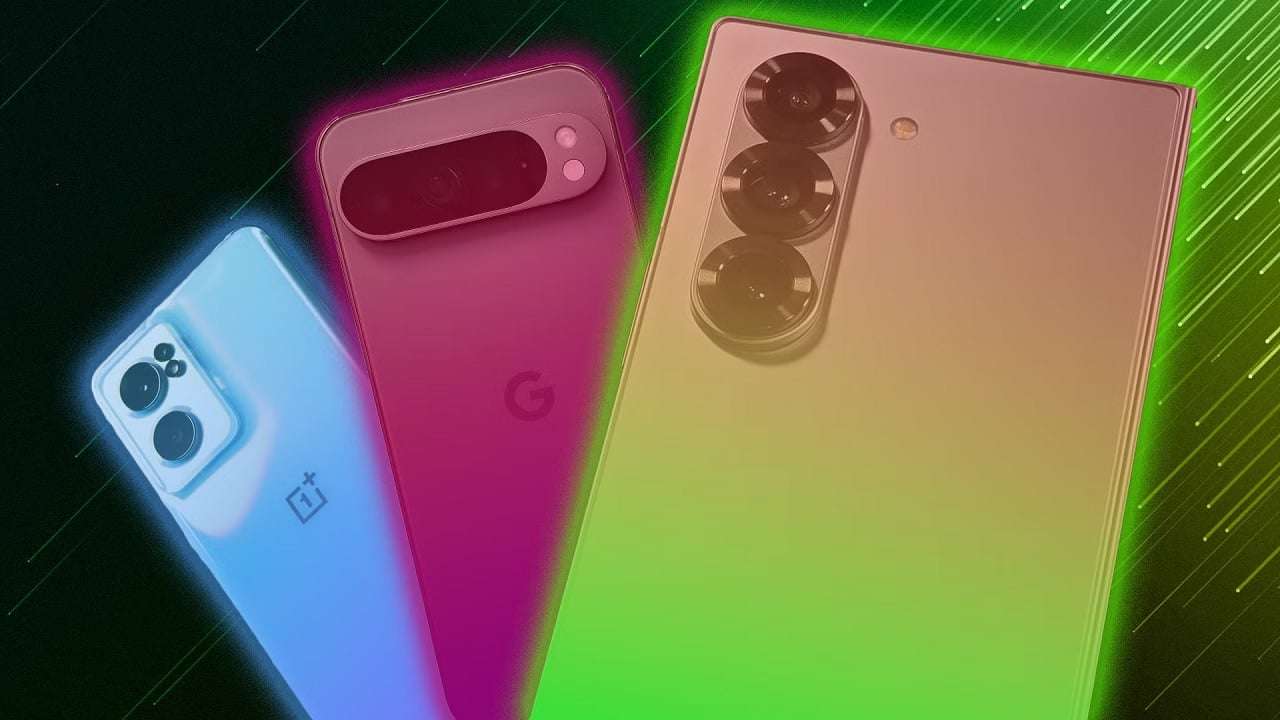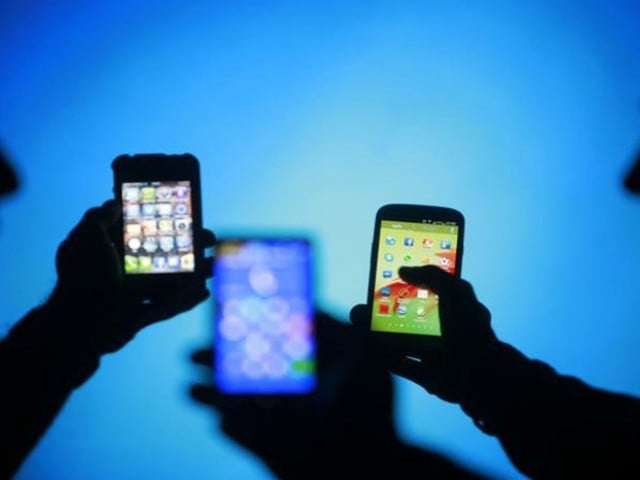As we approach the 2025 flagship season, smartphone manufacturers are setting the stage for what promises to be a monumental leap in mobile technology. The coming year is expected to witness innovations that could redefine how we perceive smartphone performance, particularly in the areas of battery life and charging speed. With the focus on bigger batteries, faster charging, and advanced battery technology, brands like Realme, OPPO, and iQOO are already unveiling devices that push the boundaries of what’s possible. For smartphone enthusiasts, the next generation of Android devices is sure to raise expectations for mobile performance in ways we haven’t seen before.
Realme, OPPO, and iQOO Lead the Charge
The flagship race for 2025 isn’t just about raw performance — it’s about redefining what a flagship smartphone can offer, especially in terms of power and endurance. Manufacturers are now prioritizing longer-lasting devices that combine efficient power management with breakthrough charging speeds. Models like the Realme GT7 Pro, OPPO Find X8 Pro, and iQOO 13 are at the forefront, boasting some of the largest batteries ever seen in high-end smartphones.
Realme GT7 Pro: Leading with Massive Battery Power
Realme has emerged as one of the leaders in this race, and the Realme GT7 Pro is a testament to their commitment to delivering long-lasting smartphones. The GT7 Pro features an enormous 6,500mAh battery, offering impressive power that places it ahead of many competitors in the flagship category. This large battery capacity gives users the confidence that their device will last for an extended period, making it an excellent choice for heavy users who demand long hours of screen-on time.
iQOO 13: A Close Contender with Significant Battery Power
Not far behind, the iQOO 13 offers a robust 6,150mAh battery. Though slightly smaller than the Realme GT7 Pro’s, the iQOO 13’s battery is still a formidable presence in the flagship market. Coupled with cutting-edge performance features, iQOO has positioned itself as a strong contender in the race to deliver superior battery performance in the coming years.
OPPO Find X8 Pro: A Solid Option in the Battery Race
Rounding out the list of battery-heavy contenders is the OPPO Find X8 Pro, which comes with a 5,910mAh battery. While slightly smaller than the Realme and iQOO offerings, the Find X8 Pro still stands out with excellent power efficiency and fast charging speeds. OPPO’s long-standing reputation for creating top-tier smartphones continues with this model, which delivers a balanced mix of power and performance.
Comparison with Other Flagships
While the aforementioned devices take the lead with larger battery capacities, the iPhone 16 Pro Max (4,685mAh) and Samsung Galaxy S24 Ultra (5,000mAh) seem modest in comparison. These devices, though offering premium features, fall behind in terms of battery size, highlighting the increasing demand for smartphones that can power through the day without needing a recharge.
Realme’s Ambitious Plans for 2025
Realme isn’t resting on its laurels. The company is already planning to raise the bar further with even more powerful battery configurations for future flagship models. According to leaked information from reputable sources like Digital Chat Station, Realme is exploring potential battery setups for the Realme GT8 Pro that could take power and efficiency to new heights.
Potential Battery Configurations
Three primary battery configurations have been hinted at for the Realme GT8 Pro:
- 7,000mAh Battery: Paired with 120W fast charging, this setup could provide a full charge in just 42 minutes. This configuration strikes a balance between battery capacity and charging speed, appealing to users who want a massive battery without waiting long for a full recharge.
- 7,500mAh Battery: With 100W fast charging, this option promises to achieve a full charge in 55 minutes. Though slightly slower in charging speed, the additional battery capacity could be ideal for users who prioritize longevity.
- 8,000mAh Battery: Equipped with 80W fast charging, this option could achieve a full charge in 70 minutes. While it sacrifices charging speed slightly, the immense battery capacity ensures that users can go several days without needing to recharge.
Trade-offs in Charging Speed
As battery size increases, charging speed typically decreases. However, this trade-off could be well worth it for consumers who value longer-lasting smartphones over quicker recharges. An 8,000mAh battery would make it possible to go days without needing to recharge, which addresses one of the most significant concerns of modern smartphone users: battery life.
The Rise of Silicon Batteries
One of the driving forces behind these advancements is the increasing use of silicon batteries, which offer numerous advantages over traditional lithium-ion batteries. Silicon batteries have a higher energy density, allowing for more power to be packed into smaller spaces. This technology not only allows for larger batteries in smartphones but also enables faster charging speeds without sacrificing durability or efficiency.
The Realme GT7 Pro is one of the first devices to feature silicon battery technology, and its success could signal a shift in the industry towards more widespread adoption of this technology. Silicon batteries are expected to become more common in flagship smartphones, offering a combination of longer battery life, improved charging speeds, and better overall performance.
Advantages of Silicon Batteries
- Higher Energy Density: Silicon batteries can store more energy than traditional lithium-ion batteries, which means smartphones can run longer on a single charge.
- Faster Charging: With silicon’s increased energy density, phones equipped with silicon batteries can charge more quickly, reducing the time it takes for a battery to reach full capacity.
- Better Durability: Silicon batteries are more durable than traditional options, meaning they can handle more charge cycles without degrading in performance.
The Future of Ultra-Long-Lasting Smartphones
If Realme succeeds in launching an 8,000mAh battery in 2025, it could revolutionize the smartphone market. Such a device could easily last for several days on a single charge, which is a significant leap forward in battery technology. This would not only benefit everyday users but also professional and business users who rely on their smartphones for extended periods.
For the U.S. market, however, the adoption of such high-capacity batteries may take longer. While companies like Apple, Samsung, and Google are known for their innovation, it will be interesting to see whether they embrace this trend or stick to their more modest battery sizes.
OnePlus 13: A Glimpse of Battery Innovation in the U.S. Market
One smartphone to watch in the U.S. market is the OnePlus 13, which is expected to feature a 6,000mAh battery. This signals that battery innovation is beginning to take root in global markets, with OnePlus leading the way in offering larger batteries without sacrificing charging speeds.
The Global Smartphone Battery Race Heats Up
The 2025 flagship season is set to be an exciting one, with manufacturers racing to deliver smartphones that can last longer and charge faster than ever before. As companies like Realme, OPPO, and iQOO continue to innovate, consumers can expect devices that redefine what’s possible in terms of battery life and charging technology. Whether in the U.S. or abroad, it’s clear that battery life will be one of the most critical factors driving consumer decisions in the coming year.
FAQs
1. What is the largest battery size for smartphones in 2025?
The Realme GT7 Pro currently holds the title with its 6,500mAh battery, but upcoming models, like the Realme GT8 Pro, could feature batteries as large as 8,000mAh.
2. Will silicon batteries replace lithium-ion batteries in smartphones?
Silicon batteries are gaining traction due to their higher energy density and faster charging speeds. While they are not yet standard, it is expected that more manufacturers will adopt silicon technology in the coming years.
3. How fast can 120W fast charging fully charge a smartphone?
With 120W fast charging, smartphones like the Realme GT8 Pro can achieve a full charge in just about 42 minutes, making it one of the fastest charging solutions available.
4. How long will a smartphone with an 8,000mAh battery last?
A phone with an 8,000mAh battery could last several days on a single charge, depending on the usage patterns, providing a much-needed solution to battery anxiety.
5. When will the 2025 flagship phones be available in the U.S.?
While global markets like China may see flagship phones first, U.S. consumers can expect devices with larger batteries and faster charging by mid to late 2025.
ALSO READ:



